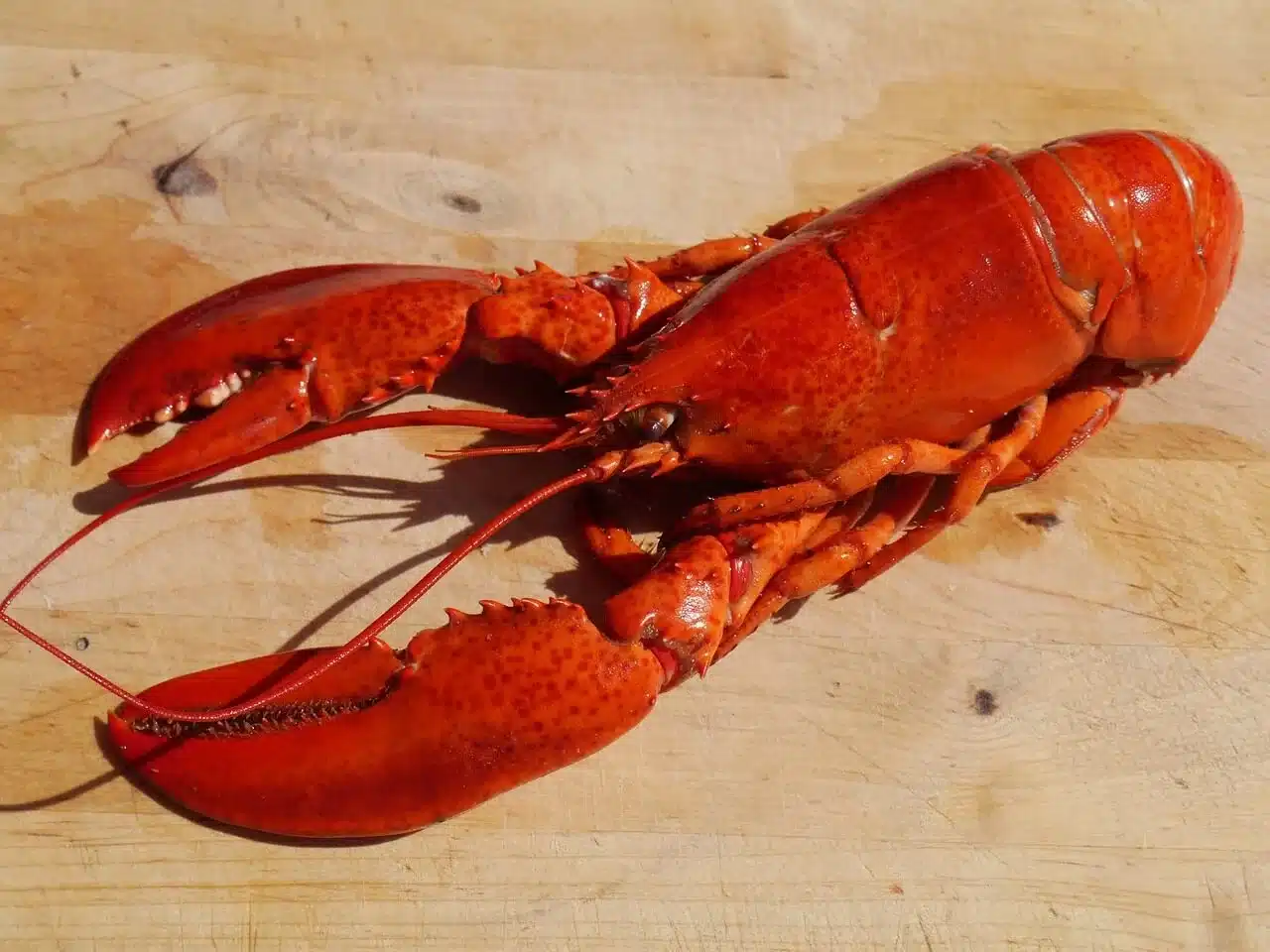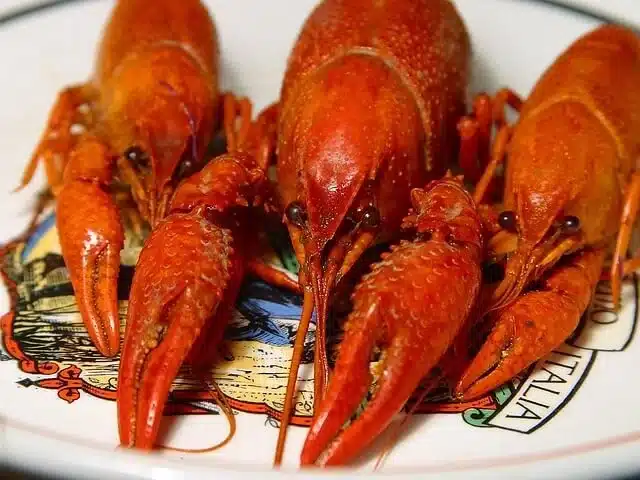Introduction to Cooking Lobster Tips
Cooking Lobster Tips are essential for anyone looking to transform an ordinary dinner into a sumptuous banquet, leveraging the luxurious texture and exquisite flavor of lobster meat. The art of cooking lobster is a refined skill that promises to elevate any dining experience, turning it into a lavish feast worthy of the most special occasions. This comprehensive guide is designed to provide you with a wealth of indispensable knowledge on the subject, ensuring that your culinary journey with this esteemed crustacean is not only successful but also memorable.
It covers everything from selecting the freshest lobsters to mastering the intricacies of preparation techniques and the finesse required in cooking them to perfection. The aim is to ensure that your lobster is not merely cooked but celebrated as the star attraction on your plate. Whether you’re an experienced chef or a culinary novice, this guide will demystify the process of cooking lobster, making this luxurious indulgence accessible and enjoyable for all, and ensuring that each bite reflects your skill and the rich culinary heritage that lobster cuisine embodies.
Choosing the Right Lobster
Cooking Tips : Spotting Freshness
First off, fresh lobster is key. Look for lively ones in the tank. They should move around and not just lay still. Their tails should snap back quickly when you straighten them. This shows they’re fresh and good to cook.
Eyeing the Shell
Look at the lobster’s shell closely. It should be bright and clean. A shiny shell means the lobster is healthy. If you see any cracks or spots, the lobster might be old. You want a lobster that looks like it just came from the ocean.
Also, check the color of the shell. It should be a nice blue-green or dark green. This is the natural color of a live lobster. If the shell is very dark or has a lot of algae, it might have been in the tank too long. A good shell is a sign of a fresh lobster.
Claws and Antennae Matter
Size Does Count
Finally, think about size. Not too big, not too small. A 1 to 2-pound lobster is usually just right for a single serving. Bigger ones can be tough, and smaller ones might not have enough meat.
In short, picking the right lobster is the first step in our Cooking Lobster Tips. Freshness, a bright shell, full claws, and the right size are all important. With these tips, you’re off to a great start.
For insights into choosing the best ingredients, check out our article. It’s about the benefits of ground turkey benefits. It highlights the importance of quality in cooking.
Cooking Lobster Methods
Boiling Your Lobster
Boiling is easy. Fill a big pot with water. Add a lot of salt, like the sea. When the water boils, put in the lobster. Head first is best. Cover the pot. Wait 7-8 minutes for each pound of lobster. When done, the shell looks bright red. Take the lobster out with tongs. Let it cool a bit before eating.
Steaming for Flavor
Steaming keeps the flavor in. You need a pot and a steaming rack. Put some water in the pot, but not too much. You don’t want the lobster sitting in water.
When the water boils, put the lobster on the rack. Cover the pot. Steam for a bit longer than boiling, about 10 minutes per pound. When the lobster turns bright red, it shows that it has finished cooking.
Grilling for a Smoky Taste
Grilling gives lobster a smoky taste. Heat your grill first. Cut the lobster down the middle. Brush it with butter. Put it on the grill, shell side down. Grill for about 5-10 minutes. The meat should be white and not see-through.
Broiling for a Quick Meal
Broiling is fast. Turn on your broiler. Cut the lobster down the middle. Put some butter on the meat. Put the lobster on a baking sheet. Broil it close to the heat. It takes about 5-10 minutes. The top will get a bit brown. The meat should be white all through.
In short, there are many ways to cook a lobster. Boiling, steaming, grilling, and broiling are all good choices. Each method has its own steps. But all them make a tasty lobster. Just remember to keep an eye on the cooking time. You don’t want to overcook your lobster.
Explore the nuances of each method. Find the perfect pairings in our dedicated piece on herbs for lobster. Enhance your seafood’s natural flavors.

Timing is Everything
Watch the Clock
Getting the timing right is crucial. Lobsters need just the right amount of cooking time. Not too long, not too short. It’s all about finding that sweet spot.
Boiling Basics
Boiling lobster is simple. First, fill a big pot with water. Add a lot of salt to make it taste like the sea. Wait until the water boils. It should bubble a lot.
Then, gently put the lobster in the water. Always add it head first. This is kinder to the lobster. Cover the pot with a lid. This helps the water boil again quickly.
Keep an eye on the time. Usually, it takes about 7-8 minutes for each pound of lobster. When the time is up, the lobster should be bright red.
Carefully take the lobster out of the pot. Use tongs because it’s very hot. Let the lobster cool down a bit before you eat it. Now, it’s ready to enjoy.
Steaming Strategy
Steaming lobster is gentle. You need a pot and something to lift the lobster above the water. This could be a steaming basket or even a metal colander.
Pour some water into the pot. Just enough to steam, not to cover the lobster. Let the water boil. You’ll see steam when it’s ready.
Place the lobster on the rack or in the colander. Make sure it’s above the water. Then, cover the pot with a lid. The steam cooks the lobster.
Steam for a bit longer than boiling. About 10 minutes for the first pound. Add 3 more minutes for each extra pound. The lobster turns red when done.
Take the lobster out with tongs. Be careful, it’s hot. Let it cool for a moment. Now, your steamed lobster is ready to eat.
Grilling and Broiling
Flavorful Grilling
Adding a smoky taste to lobster is easy with grilling. Begin by heating your grill until it’s nice and hot. Slice the lobster lengthwise. Then, coat the meat with some butter for extra flavor. This simple step enhances the taste.
Put the lobster on the grill. The shell side should face down. Grill it for about 5-10 minutes. Watch it closely. The meat turns white when it’s ready.
Broiling Made Easy
Broiling lobster is quick. Turn on your broiler. It gets very hot. Cut the lobster in half. Spread some butter on the meat. This keeps it moist.
Place the lobster on a baking sheet. Put it under the broiler. It should be close to the heat. Broil for 5-10 minutes. The top will get a bit brown. Check the meat. It should be all white.
Both grilling and broiling give lobster a great taste. Just remember to keep an eye on it. You don’t want to overcook it. Enjoy your delicious lobster!
Check for Doneness
Look at the Color
One of the first signs is the color. The shell should be a bright red. The cooked lobster provides a good hint. But don’t stop there. You need to check the meat too.
Test the Meat
The meat is the real test. It should be white, not clear. You can peek inside the tail or a claw. Use a small fork or knife. Be gentle. If the meat is all white, you’re good to go.
Use a Thermometer
A meat thermometer is a great tool. Stick it in the thickest part of the tail. Be careful not to touch the shell. The temperature should read 145°F. This means the lobster is perfectly cooked.
Try the Antenna Trick
Another trick is to pull on an antenna. If it comes off easily, the lobster is likely done. But this isn’t always foolproof. It’s best to use this tip along with checking the meat and temperature.
Remember, it’s better to check a few times than to have overcooked lobster. These Cooking Lobster Tips will help you serve a perfectly cooked lobster every time.

Serving Your Lobster
Presentation Matters
Once you cook your lobster, it’s all about how you serve it. A well-presented lobster can make your meal feel extra special.
Cracking and Plating
First, you’ll want to crack the shell. Use lobster crackers or the back of a knife. Be gentle. You want to keep the meat intact. Then, arrange the lobster on a plate. Add some lemon wedges and melted butter on the side for dipping.
Lobster Rolls and More
For a casual meal, consider making lobster rolls. Just chop the lobster meat and mix it with a little mayo and celery. Stuff the mix into soft, buttered rolls. It’s simple but delicious.
Fancy Dishes
Feeling fancy? Lobster can be the star in sophisticated dishes. Think lobster bisque or lobster thermidor. These dishes take more time but are sure to impress.
Side Dishes
Finally, don’t forget the sides. A fresh salad, some steamed vegetables, or a side of pasta can complement your lobster perfectly.
In summary, serving your lobster with style is an essential part of our Cooking Lobster Tips. Whether you’re keeping it simple with a lobster roll or going all out with a gourmet recipe, the right presentation and sides can turn your lobster meal into a memorable feast.
For a complementary side, delve into our lobster pasta recipe, marrying the finesse of lobster with hearty pasta.
FAQs About Cooking Lobster Tips
1. How can I tell if my lobster is fully cooked?
To check if your lobster is fully cooked, look at the shell. It should be a bright red color. The meat inside will be white and firm, not see-through. Another way is to pull on an antenna. If it comes off easily, the lobster is usually done. But the best way is to use a meat thermometer. The inside should be 145°F.
If you’re still not sure, cut into the thickest part of the tail. The color there is a big clue. It should be all white, with no clear parts. Remember, it’s better to check a few times than to end up with overcooked lobster.
2. Can I reheat cooked lobster?
Yes, you can reheat cooked lobster. The oven is a good way to do it. Put the lobster in a baking dish with a bit of water or butter. Cover it with foil. Heat it at 350°F until it’s warm all through. This usually takes about 10 minutes. Don’t let it get too hot, or the meat could turn tough.
Another way is on the stove. If the lobster meat is out of the shell, you can warm it in a pan with some butter. Keep the heat low and stir gently. This way, the lobster stays moist and tender. It’s quick, too. Just a few minutes and it’s ready to eat.

